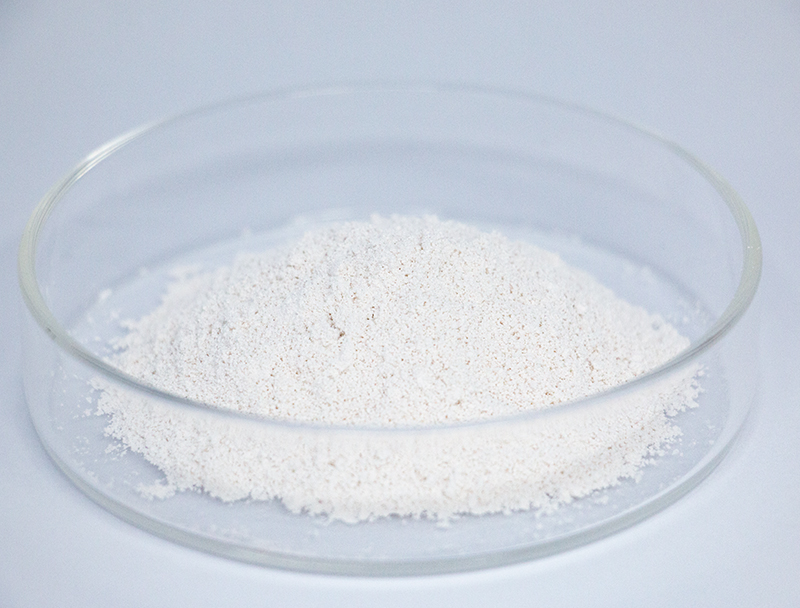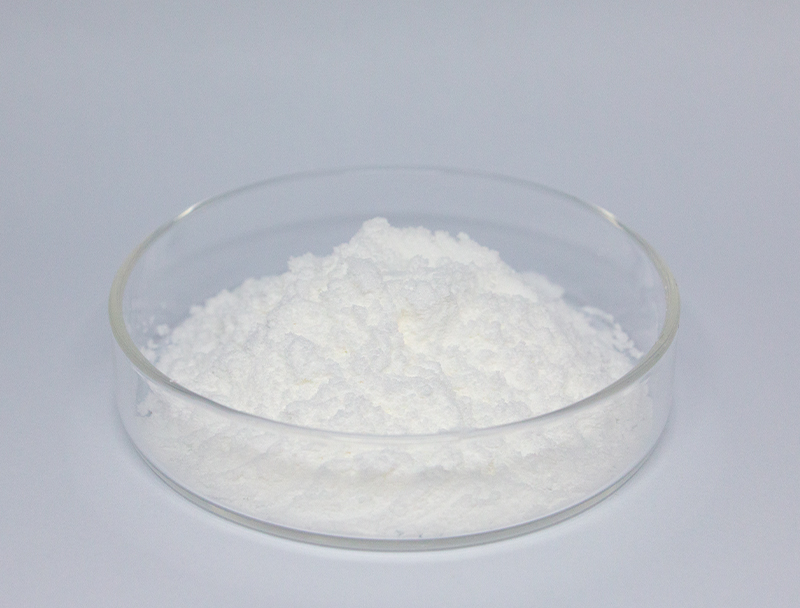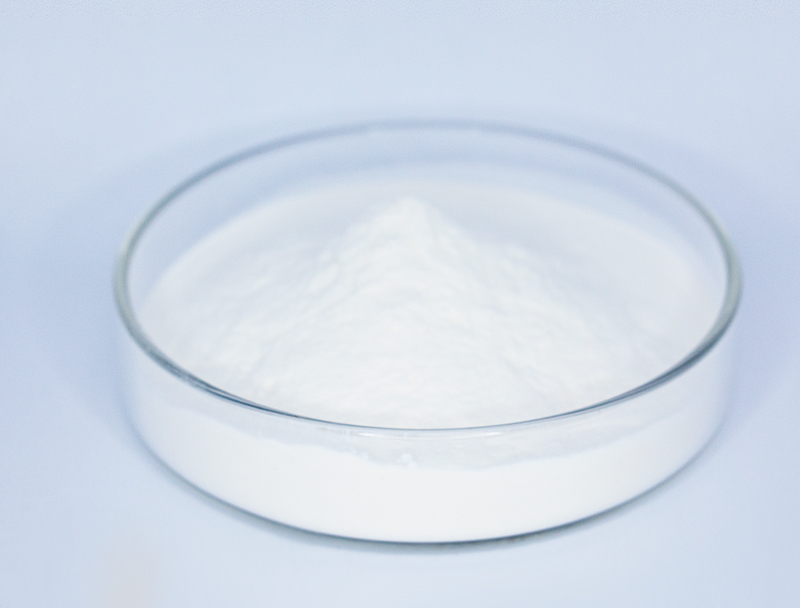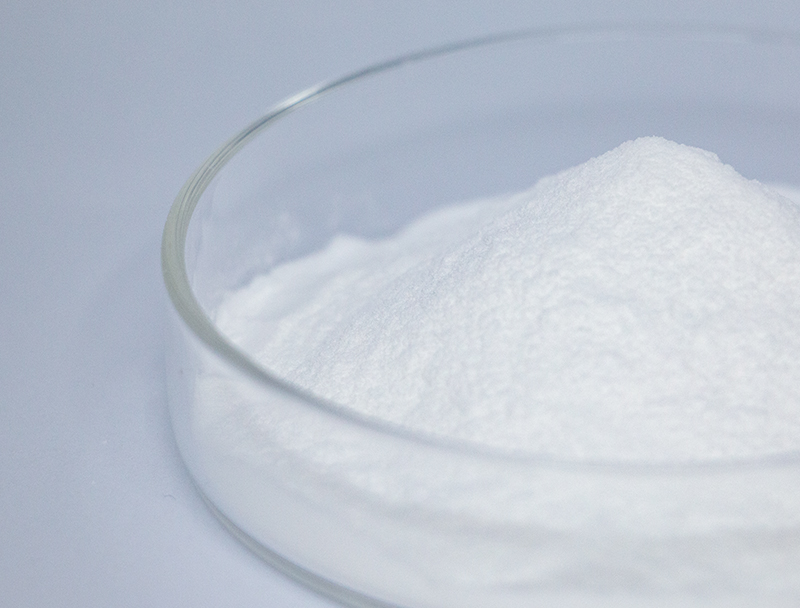
Large-scale bioproduction hinges upon a plentiful suite of primary inputs for generating cutting-edge biobased goods.
Guaranteeing the sustainable sourcing of these resources forms the foundation of durable, responsible industrial growth.
an array of drawbacks from conventional supply chains including environmental degradation and exploitation of natural resources. Therefore, biomanufacturing companies must actively seek out alternative sourcing strategies to minimize their ecological footprint.
- Models of sustainable material sourcing include:
- Using repurposed agricultural residues as substrates
- Deploying circular process designs to reduce discard and boost reuse
- Collaborating with regional vendors focused on fair procurement
Transitioning to green supply models secures ecological benefits and economic upside.
Tuning Feedstock Characteristics for Higher Biofuel Efficiency
Improving fuel production performance hinges on the attributes of biomass inputs. Researchers repeatedly investigate innovative methods to enhance feedstock potential, delivering enhanced conversion and a more resilient energy mix. Approaches include genomic enhancements to boost biomass growth and processing methods to convert complex lignocellulose into fermentable sugars.
- Moreover, investigations target novel feedstocks like microalgae, municipal residues, and field residues to widen the pool of renewable biomass for biofuel use.
- As a result of relentless efforts the industry should deliver significant enhancements paving a path to sustainable energy.

Advances in Biopharmaceutical Manufacturing: Focus on Upstream Operations
comprises front-end procedures like culture expansion and cell retrieval Recent progress has advanced techniques that maximize productivity and increase output.
Meaningful breakthroughs include engineered cell strains, enhanced culture formulations, and modular reactor designs. These innovations not only enhance productivity but also minimize production costs and environmental impact.
- In addition, momentum toward nonstop processing offers improved flexibility and optimized operational flow.
- The adoption of higher-tech manufacturing practices will likely disrupt traditional models and speed therapeutic launches.

Innovations in Gene Editing for Improved Biopharmaceutical Yield
innovations in genome-editing toolsets have enhanced biopharmaceutical manufacturing. Via deliberate gene edits, teams amplify protein expression for higher yields. The strategy paves the way toward accessible, high-yield therapeutics across disease spectra.
Applying Microbial Tools to Improve Environmental Remediation
innovative solutions for sustainable bioremediation, a critical process for addressing environmental pollution. Various microbial strains are capable of breaking down toxins into safer constituents.. Employing microbial processes facilitates remediation approaches that preserve ecosystem integrity while reducing pollution.. Researchers screen diverse microbial taxa for metabolic pathways suited to remove heavy metals, pesticide residues, and hydrocarbon contamination.. Microbial cultures can function in contained bioreactors or be deployed onsite to facilitate biodegradative remediation..
Microbial-based approaches to remediation bring considerable advantages over traditional solutions. Microbe-driven cleanup typically costs less and generates fewer dangerous byproducts. Concurrently, these solutions provide focused remediation without widespread environmental harm. Ongoing innovation aims to boost the throughput and efficacy of microbe-driven remediation approaches.
Bioinformatics Tools Transforming Drug R&D
Bioinformatic tools play an increasingly crucial role in the modern landscape of drug discovery and development. From target selection to safety profiling, bioinformatics empowers rapid, data-informed therapeutic design.
- With analysis of broad omics and clinical datasets, bioinformatic experts identify targets and model drug effects.
- Furthermore, computational modeling of drug–target interactions aids rational design of higher-performing therapeutics.
- Finally, bioinformatics is revolutionizing the drug discovery and development process, accelerating the time to bring safe and effective treatments to patients in need.
Synthetic Biology Routes for Elevated Bioproduct Synthesis
uses diverse methods to increase biosynthesis of target bioproducts in organisms. These strategies can involve genetic modifications to optimize metabolic pathways, regulation of gene expression, and the introduction of novel genes to confer new capabilities.. By refining pathway flux and regulation engineers can significantly raise bioproduct production.
This broad strategy is positioned to innovate sectors including pharmaceuticals, crop science, and bioenergy.

Scaling Biopharma: Difficulties and Strategic Opportunities
Transitioning to higher volumes entails serious complications and potential rewards. One major challenge is maintaining consistent product quality at increased scales. Meeting the need calls for dependable control systems, granular monitoring, and cutting-edge analytical methods.

One issue is the complexity of biopharmaceutical manufacturing processes, which often involve multiple steps.. Reengineering workflows for mass production involves rigorous R&D and inventive technology deployment.. Still, the gains can be meaningful. Efficient scale-up can amplify access to medicines, compress costs, and strengthen returns.
Various efforts target the core issues of industrialization. Approaches include cutting-edge process optimization tech, comprehensive analytics for control, and disruptive manufacturing designs.
- R&D initiatives significantly drive enhancements in manufacturing capacity.
- Regulatory agencies are working to streamline approval processes for new manufacturing technologies, facilitating innovation in the field.
Charting Regulatory Pathways for Biologics to Safeguard Patients
Advancing biopharmaceuticals involves heavy regulatory scrutiny to secure product safety and proven efficacy. Biologically derived medicines entail particular manufacturing and regulatory complexities compared with chemical drugs.
Institutions such as the U.S. FDA and European EMA lead in formulating regulations and benchmarks for biologic approvals..
Stringent experimental and surveillance testing occurs across the entire development-to-market continuum. The processes aim to expose risks and ensure that treatments meet exacting safety benchmarks.
Concurrently, regulatory organizations fine-tune methods to remain compatible with quick scientific advancements. Strategies include welcoming technological advances and simplifying development while prioritizing patient safety.

Plant-Origin Feedstocks in the Production of Bioplastics
The growing need for sustainable materials has led to a surge in research and development of renewable options. Using plant feedstocks to make bioplastics gives a promising direction for sustainable material development. Sources like cornstarch, cellulose fibers, and sugarcane biomass can transform into compostable plastics that decompose and reduce pollution.
Similarly, selected bioplastics offer analogous properties to traditional plastics suitable for many applications.. Ongoing R&D is essential to scale plant-based bioplastics and realize circular economic benefits.
This Emerging Impact on Public Health and Food Systems
Biotech innovations hold promise to dramatically impact health and the reliability of food systems. By applying gene editing, synthetic biology constructs, and cellular therapies, scientists create tools to fight disease, raise yields, and boost nutrition.. Illustratively, crops altered for 2-Ketoglutaric acid pest resistance and stress endurance support increased harvests and diminished pesticide usage.. Additionally, biotech enables faster vaccine development, novel antimicrobials, and precise diagnostics critical to infectious disease control and health improvement.. As the field evolves, biotechnology is expected to play a pivotal role in shaping a healthier and environmentally sustainable future for all.
